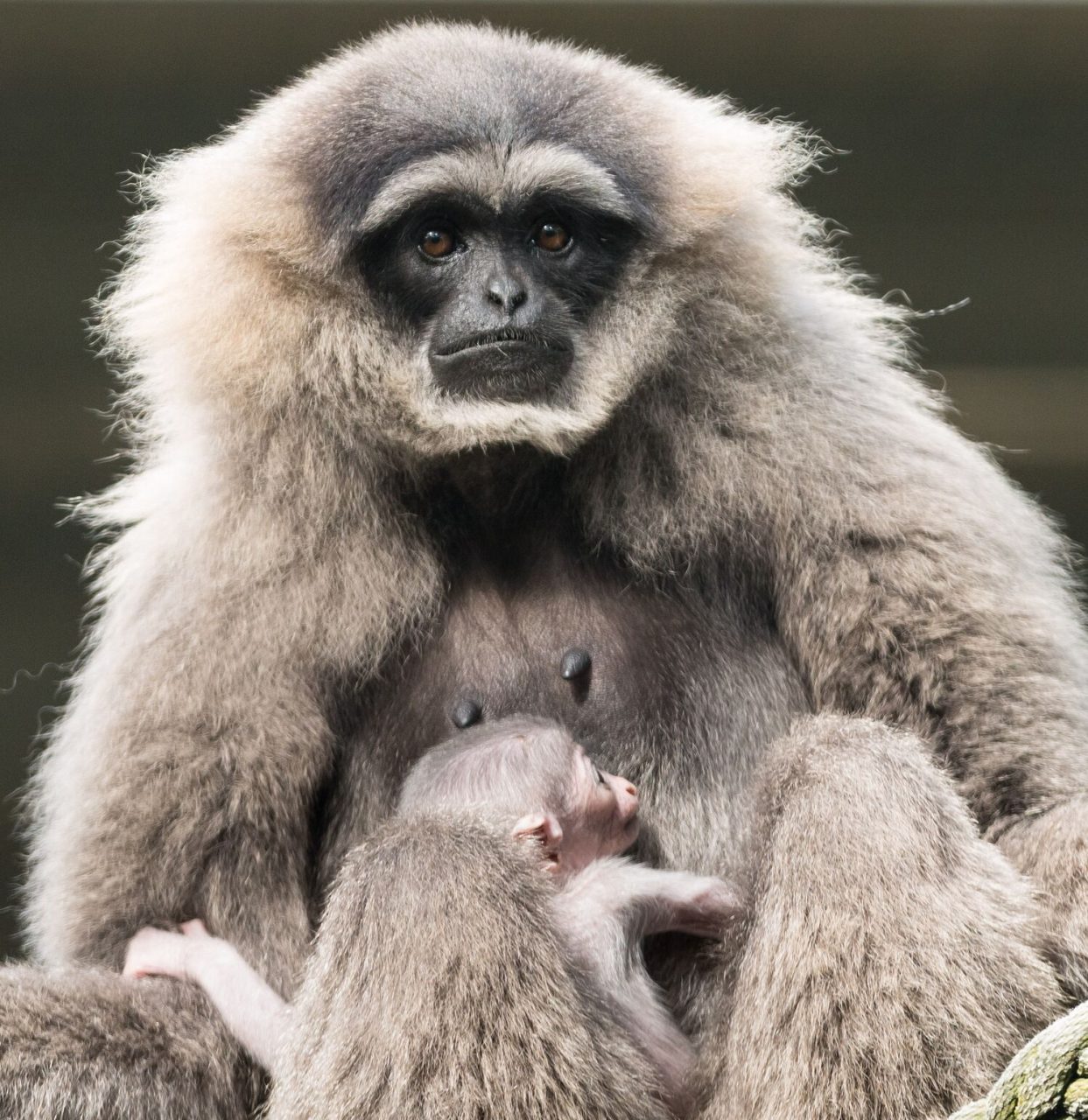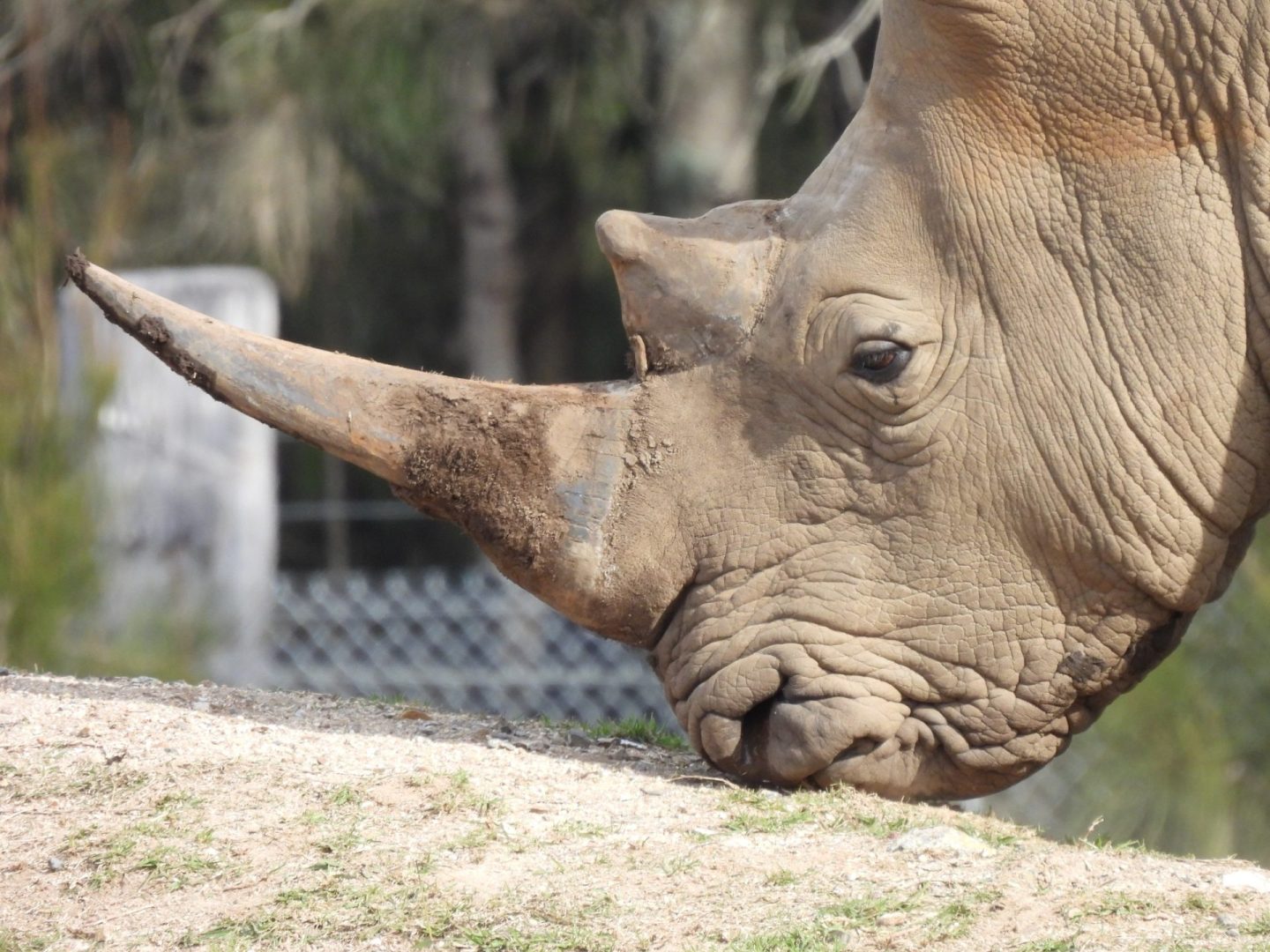Cotton-Top Tamarin
SPECIES: Saguinus oedipus



Cotton Top Tamarins are recognisable by their mottled gray-brown shoulders, back and rump. The hair on the back of their thighs and the base of their tail is red-brown and they have a fan of long, white hair on their heads. Their nails are claw like.
Distribution
Cotton Top Tamarins have fragmented populations in Northwest Colombia
Diet
They are an omnivore; eating large amounts of insects, fruit and plant matter, tree sap, gum, nectar, small reptiles and nuts
Reproduction
Cotton Top Tamarins practice monogamous breeding systems where mating only occurs between the dominant male and female. Breeding is seasonal occurring from January to June. Fathers assist with births and carry the young when not being nursed by the mother. Sub-adults will assist in carrying and caring for young
Social structure
They are a social animal, living in small family groups of up to 15, usually consisting of a dominant breeding pair. Unique cooperative structure allowing sub-adults to gain breeding experience by assisting the dominant pair raise young, before breeding themselves
Threats
Habitat loss due to deforestation for agriculture and pasture. Illegal pet trade
ANIMAL FACTS
Cotton-Top Tamarin
GROUP NAME
Troop
SIZE
Weight: 300-600gms Size: Body length – 20-25cms
BABY NAME
Infant
Habitat
Cotton-Top Tamarins like humid tropical forest, dry deciduous forest, open woodland and secondary growth forest. Sensitive to habitat alterations.

Did You Know?
Infants are usually carried by the father or older offspring when not being nursed by the mother. Mogo Wildlife Park has a successful breeding program of CTTs
MEET OUR
ANIMAL FAMILY

stay in touch with Your Australian wildlife parks family
Stay up-to-date and subscribe to our newsletters
Your information is only utilised by Australian Wildlife Parks. For more information see our privacy policy.
MOGO Wildlife Park acknowledges Aboriginal people as the traditional custodians of the land on which our offices and operations are located, and we pay our respects to Elders past, pres ent and future.
© 2019-2024 Australian Wildlife Parks • Privacy Policy • Disclaimer














